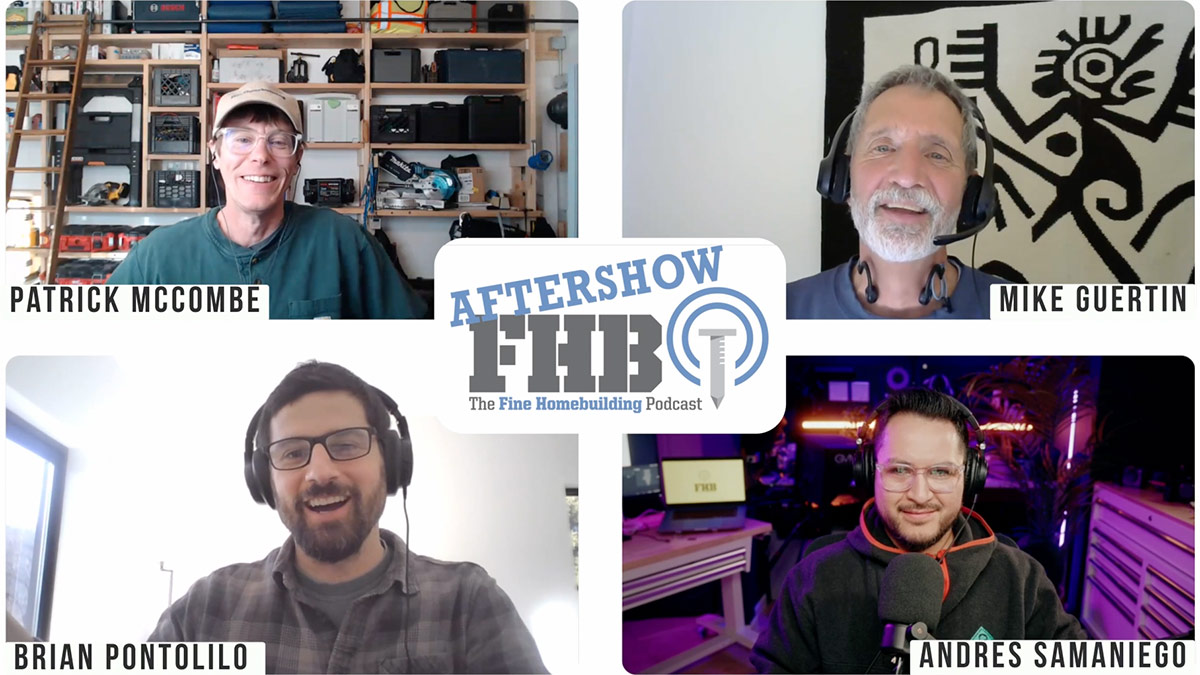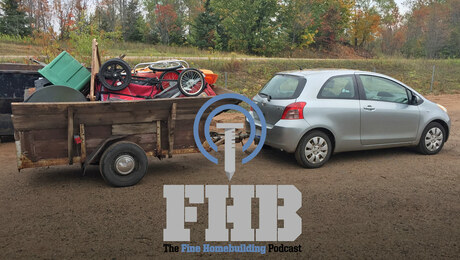Podcast 616: Short Extension Jambs, Charred Timbers, and Hardwood on Concrete
Listeners write in about work vehicles and faulty LEDs and ask about extension jambs, charred timber frames, and wood flooring on concrete.
Follow the Fine Homebuilding Podcast on your favorite app. Subscribe now and don’t miss an episode:
 |
John says, “You can put a hitch on that.” Bill cautions against VOCs with LEDs. James’ extensions jambs don’t quite reach. Joe is considering a charred timber-frame greenhouse. Jonathan wants to add hardwood to a concrete floor.
Editor Updates:
- Mike: ductwork issues
- Brian: energy codes in “Know The Code“
- Patrick: reverting energy codes, mismatched carbon monoxide and smoke detector pigtail connectors
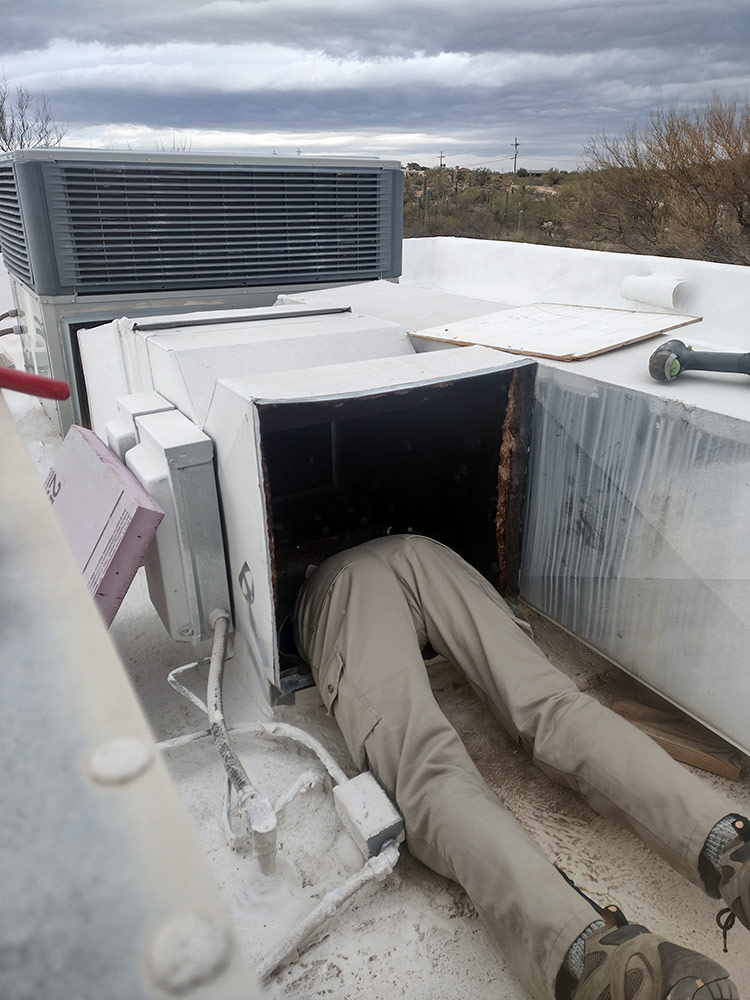 |
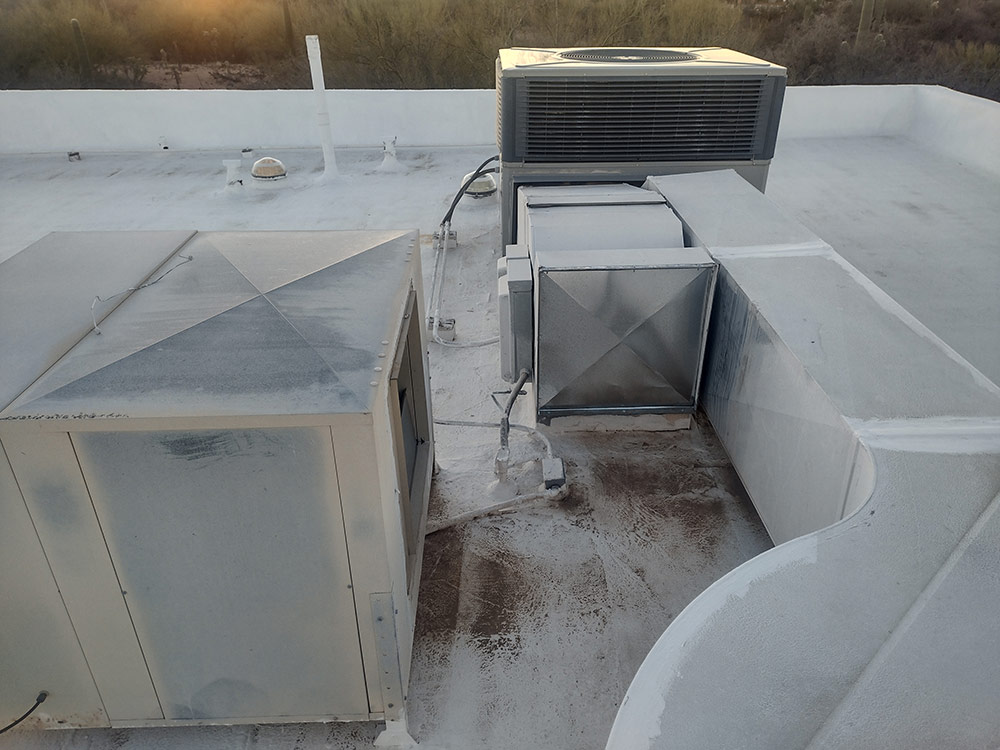 |
Listener Feedback 1:
John writes: Hi Patrick and friends,
It was interesting to hear you from years ago on the greatest hits episode of the podcast. I had a couple reactions I wanted to share. It sounded like the work-truck vs. carbon-footprint question must have been from around 2017. I think that was when the plug-in hybrid Chrysler Pacifica came out. You can fold the seats into the floor of that vehicle—just like the Dodge Grand Caravan—and can haul 4×8 sheet goods flat on the floor.
Also, you didn’t touch on trailers. I’ll share a pic with you of a dump run I did with a 4×8 utility trailer behind a Toyota Yaris. I put hitches on all my vehicles. It’s easy to do, and they make them for every model. I tow huge logs frequently behind my Prius. Using a trailer behind just about any car, you can probably move anything that you would typically use the back of a pickup to move. I found they do this in Ireland when I visited there this fall. They just aren’t afraid of what others might think of them when they do it!
 |
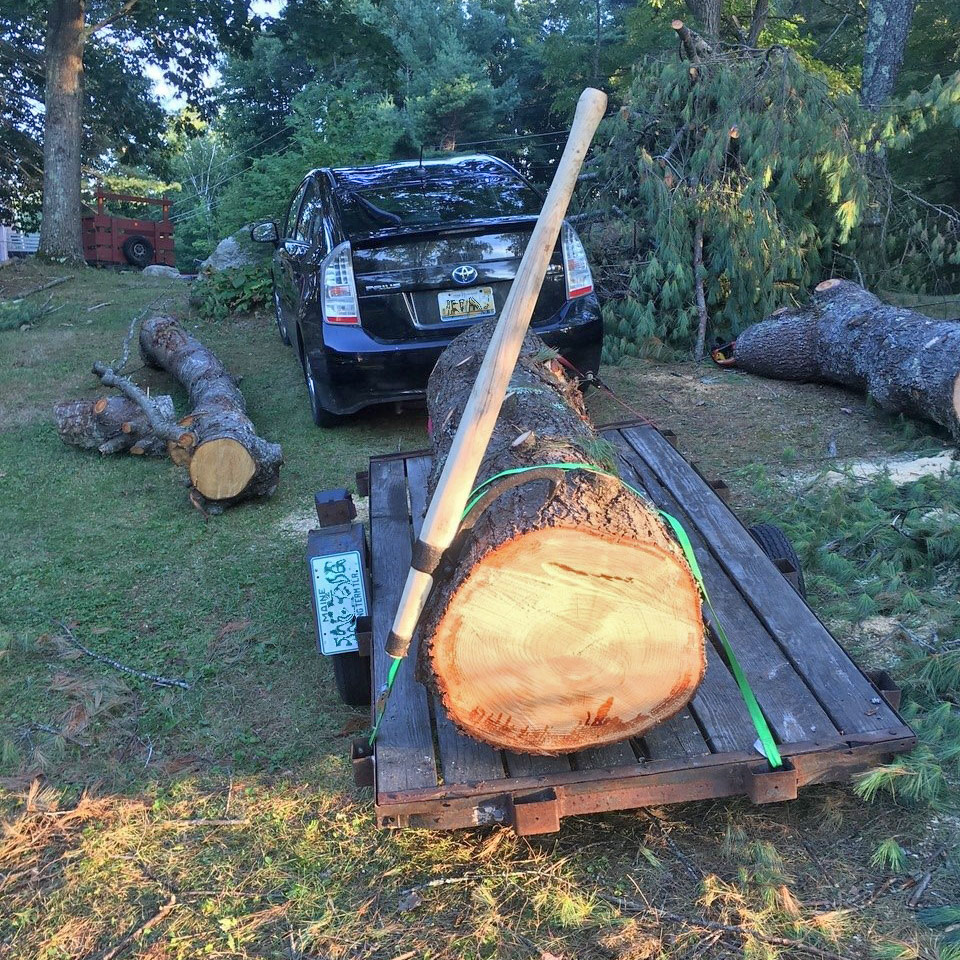 |
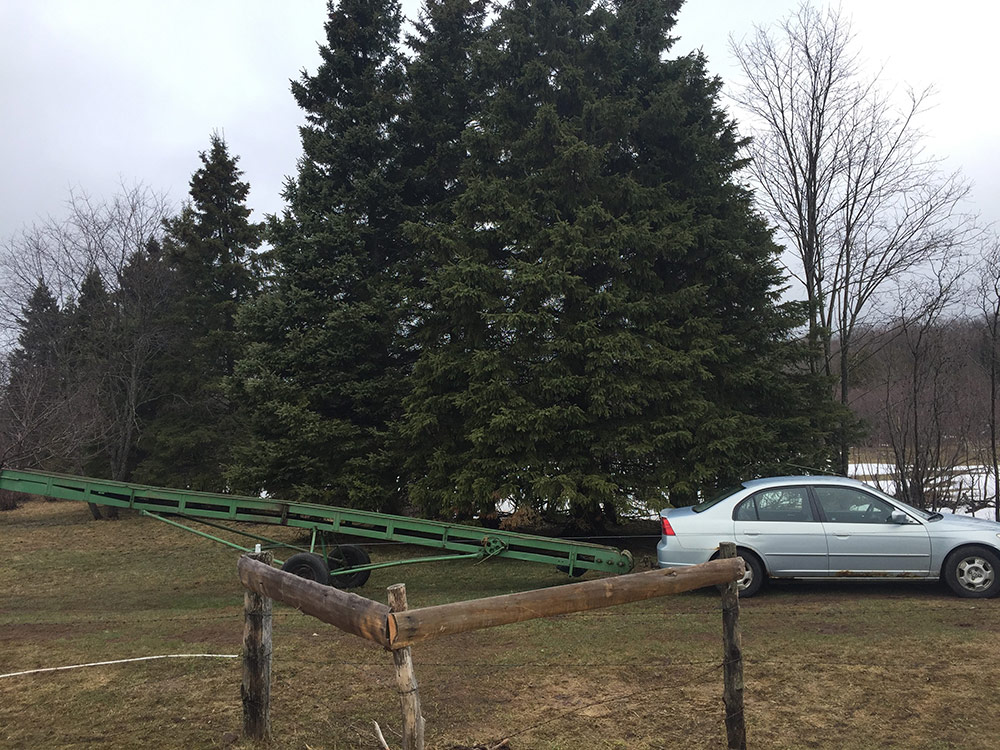 |
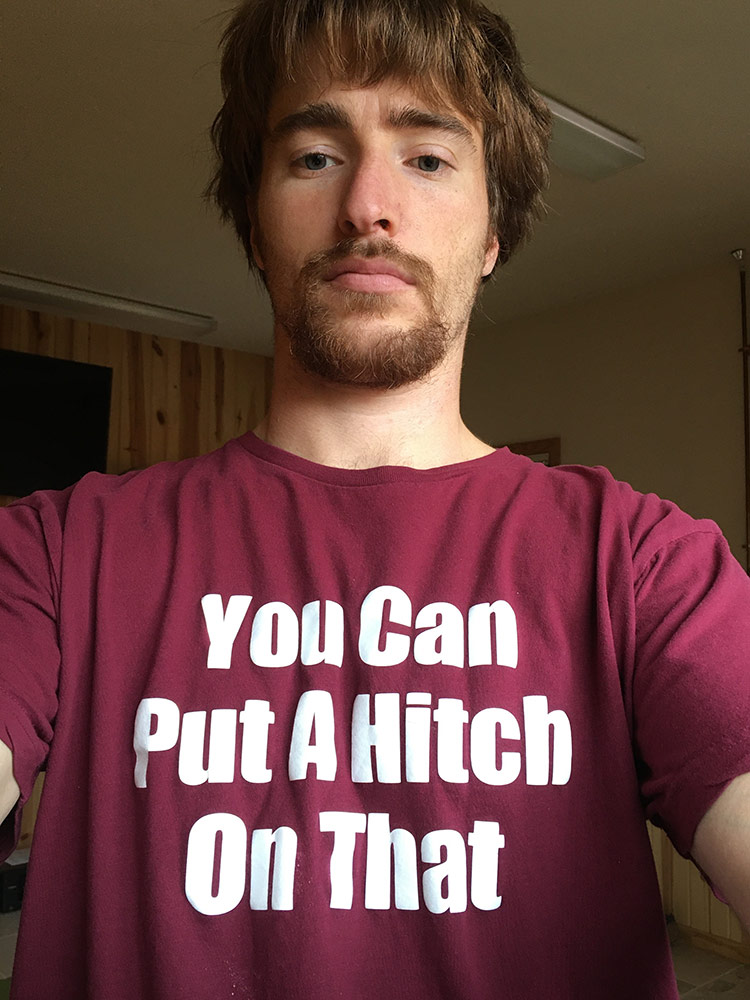 |
I think you were misinformed when you recorded that episode about EV range. The 2017 Chevy Bolt was out by then (which you can install a hitch on). It gets 230+ miles per charge. You could get those for $26,000 new at the time, after the tax credit of $7,500. A used one now costs $15,000 before the tax credit and has a battery recall, so you’ll get a free battery when you’re ready. Plug-in hybrids are eligible for the credit, too. For heavier vehicles, there are two great options for real trucks at two different, affordable levels. You can get a Ford Maverick pickup, which comes standard with a hybrid engine getting 45 MPG for around $20k new. The payload is the same as a half-ton truck.
The second truck is the electric Ford F-150 Lightning. You probably see these on the streets now—they have a ventless grill, like all EVs, but otherwise look like a non-EV F-150. They also perform like a half-ton truck, so you can haul big trailers, which in my mind is the only reason why trucks are really ever truly needed. It gets the $7,500 tax credit, and the original price for the base model when it came out was… wait for it… $40,000. It’s up to $50,000 now, but the tax credit gets it down to $42,500—way less than a Rivian EV truck.
Related Links:
Listener Feedback 2:
Bill writes:
I’m a huge fan and love the show. I noticed in episode 612 you mentioned it’s okay to caulk or use foam around LED fixtures. I think you are probably correct here, but I wanted to share a cautionary note about off-gassing of VOCs and color shift/light degradation with LEDs.
When the shift to LED lamps started to take off about a decade ago, off-gassing-induced color shift caught a lot of people off guard. The root of this problem came from adhesives used within the lamps themselves. The industry/Dept. of Energy was really careful about third-party testing for light output and lumen maintenance. In my area, some folks were able to put private labels on lamps purchased offshore, get their third-party tests, and hawk them to commercial showrooms and business customers with utility incentives. Sadly, after about 18 months, the lamps began to unevenly shift to a dingy yellow color with dramatically less output. I guess VOCs were eating up the phosphor coating over the LED chips.
Luckily, I got tipped off to this phenomenon from an industry trade journal, and when I did a large project with a local museum, we were able to use some product from well-known manufacturers and get specific warranty documents that covered color shift.
Depending on how close caulk or spray foam is to a lamp, wafer light, or integrated downlight, the same phenomenon could also occur.
Best regards, Bill
Related Links:
Question 1: How do I fix the gap caused by short jamb extensions?
James in Ottawa, Canada, writes: Hi FHB crew!
I’m just about to install the painted trim around our new windows, but the jamb extensions do not align with the face of the drywall as planned. The jambs are short by about 1/8 in. to 3/8 in. I think the window flanges were slightly curved, which shifted the window outward when installed. Most of the offsets are consistent for a given jamb, but a couple slope too.
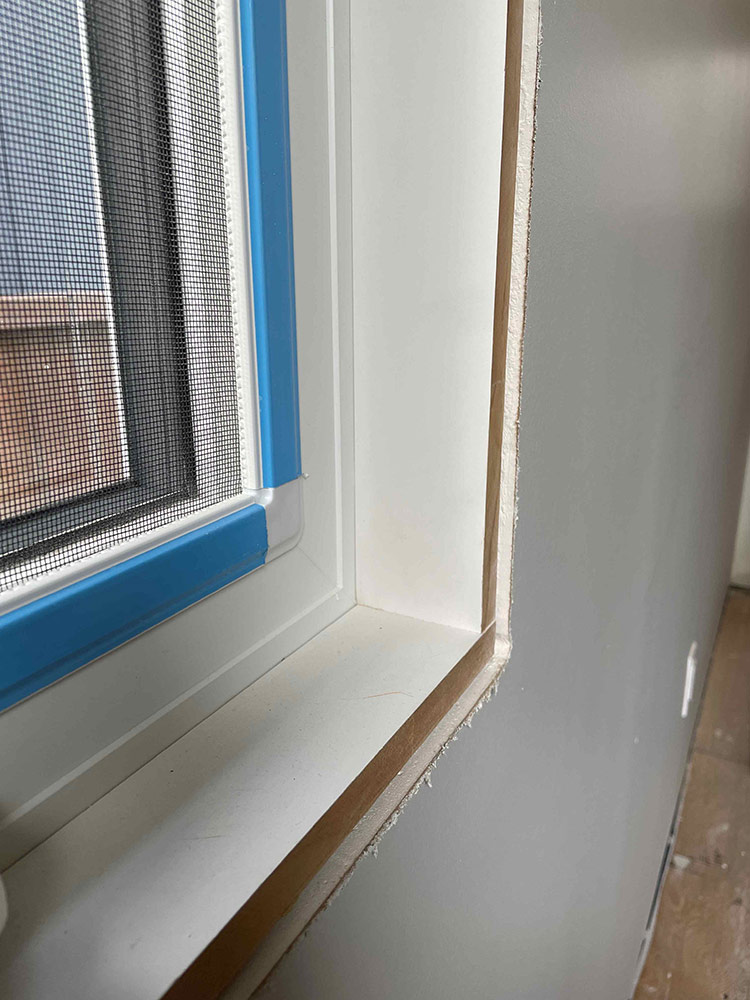 |
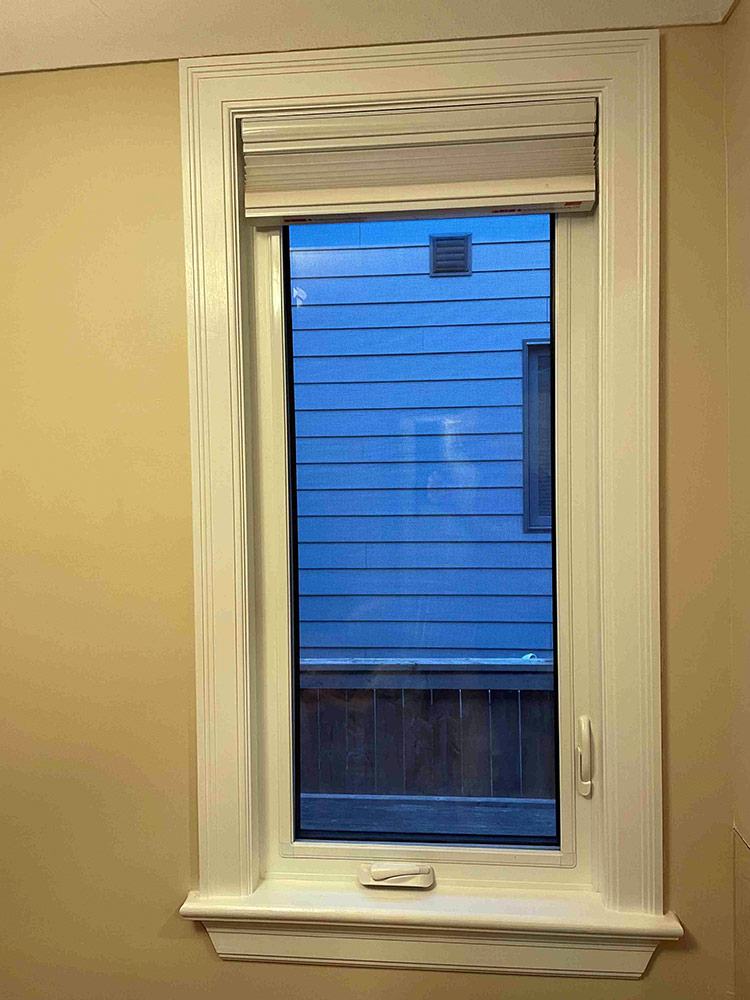 |
I can probably just caulk the 1/8-in. gaps, but 3/8 in. is too much. Any suggestions for how to fill that space, especially when it varies from one end to the other?
I am planning to use a painted wood casing, a fairly “traditional” profile, mitered corners. It should look like the photo above right (I have already done the replacement windows in our original house, and was able to line the jamb extensions with the drywall with no flanges). The windows I am working on now are new windows in an addition on our house, and I think the flanges did not sit exactly flush on the exterior.
Thanks!
Related Links:
Question 2: What’s the best timing for applying a Shou Sugi Ban treatment?
Joe writes: Hey FHB podcast!
I thoroughly enjoyed the recent episode with Bill Beleck and the Shou Sugi Ban industry. I’d love to make a greenhouse in the next year or two, and I plan to use it as an opportunity to practice some basic timber framing. Based on Bill’s comment about anticipating a 10% reduction in structural capacity, I have the relevant info to design a frame for the greenhouse; however, I have a process question.
Should I erect the frame and then apply the Shou Sugi Ban treatment? Or should I do the treatment in pieces and protect the joinery?
Also, I think it would be fun to have Carol in on a podcast. In al the years Patrick has run the show, I don’t recall her ever being on. I’d like her thoughts on making raised beds with Shou Sugi Ban and whether the treatment would have an effect on the soil or plants. Perhaps she would have insights about performing construction projects near gardens and landscaping. For example, I never knew chewing tobacco is bad for tomatoes until a coworker mentioned it to me years ago. I thought this would be a short question but here I am rambling on again…
Love the podcast, and happy new year!
Related Links:
- Charred Wood Siding for Maintenance-Free Beauty
- Wood Siding: Burnt, Brushed, and Burnished
- Cladding Details That Last
Question 3: What’s the best practice for installing hardwood flooring over concrete floors?
Jonathan writes: Hey FHB Podcast Team,
Thanks for your thorough discussion in the 587 Aftershow about installing hardwood flooring on concrete floors in basements. I want to install hardwood flooring on a slab-on-grade-concrete floor and the hardwood needs to meet up with carpet. I am afraid to install 3/4-in. Advantek underneath, because the hardwood will be so much higher than the carpet and make for a trip hazard.
It looks like a method described on GBA is to install a poly vapor barrier and float engineered hardwood on top to create a floor that should be in line with the height of the carpet.
Would you recommend this? Why or why not? Thanks for your great advice!
Related Links:
- GBA.com: Planning and Prepping for Basement Flooring
- GBA.com: The Concrete-Free Floating-Plywood Slab Assembly
- Steve Baczek: Build Dry, Risk-Free Finished Basements
Podcast 616: Members-only Aftershow — Training the Next Generation of Builders
Carpenter and furniture maker Caleb Carpenter talks to Patrick and Andres about the struggles and satisfaction of buying your first house.
Check out one of our latest Project Guides: Energy Retrofit!
Check out our FHB Houses:
Visit the Taunton Store • Magazine Index • Online Archive • Our First Issues • All Access

If you have any questions you would like us to dig into for a future show, shoot an email our way: fhbpodcast@taunton.com.
If we use your question we’ll send you a FHB Podcast sticker!
FHB Podcast T-shirts!
Represent your favorite podcast! Available in several styles and colors. Made from 100% cotton. Find the Podcast t-shirt and more cool products in the Fine Homebuilding Store.
| Fine Homebuilding podcast listeners can now get 20% off anything in the Taunton store, including Pretty Good House.
Use the discount code FHBPODCAST to take advantage of this special offer. |
 |
“Finally, knowledgeable people talking about building reasonably-sized, high-performance houses for normal people with real budgets!” — DanD, VA, 8/19/22, Amazon.com review |
We hope you will take advantage of a great offer for our podcast listeners: A special 20% off the discounted rate to subscribe to the Fine Homebuilding print magazine. That link goes to finehomebuilding.com/podoffer.
The show is driven by our listeners, so please subscribe and rate us on iTunes or Google Play, and if you have any questions you would like us to dig into for a future show, shoot an email our way: fhbpodcast@taunton.com. Also, be sure to follow Fine Homebuilding on Instagram, and “like” us on Facebook. Note that you can watch the show above, or on YouTube at the Fine Homebuilding YouTube Channel.
The Fine Homebuilding Podcast embodies Fine Homebuilding magazine’s commitment to the preservation of craftsmanship and the advancement of home performance in residential construction. The show is an informal but vigorous conversation about the techniques and principles that allow listeners to master their design and building challenges.
Other related links
-
- All FHB podcast show notes: FineHomebuilding.com/podcast.
- #KeepCraftAlive T-shirts and hats support scholarships for building trades students. So order some gear at KeepCraftAlive.org.
- The direct link to the online store is here.
